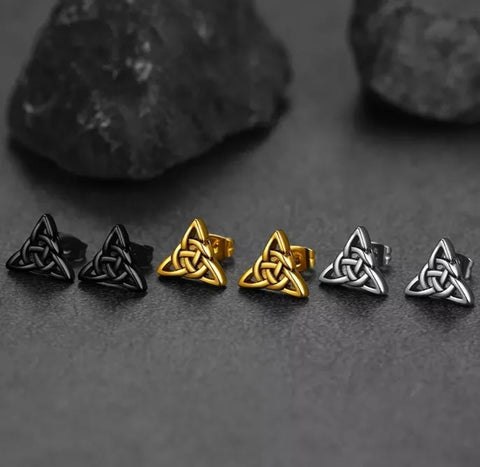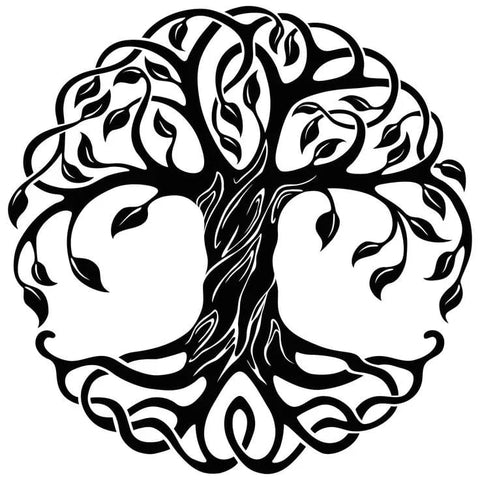Celtic knots are a variety of endless knots and stylized graphical representations of knots used for decoration and used extensively in the Celtic style of Insular art. The Celtic knot is a conventional art with extraordinary Irish characteristics. As works of art, they are one of the most distinctive parts of Celtic history. However, instead of just a work of art or decoration, the Celtic knot is a powerful symbol with historical, cultural, and religious significance. With the development of civilized society, more and more fashion items are designed with elements of Celtic knots, especially in the field of jewelry wear, Celtic Knot jewelry is very popular and welcomed by many people with niche tastes.
Origins and Development
The use of interlace patterns had its origins in the artwork of the late Roman Empire. Many historians believe interlaced knot patterns first appeared around the 3rd and 4th centuries CE and can be found in many cultures around the world which means they are not proprietary to the Celts. Later in the 5th century, it was found used to adorn religious writings by Irish monks. It is derived from a Middle Eastern style of weaving and was first found in Syrian and Copt manuscripts. Celtic symbolism combined with the emerging Christian tenants became a uniquely Irish traditional ornament. During the spread of Christianity, Celtic and Anglo-Saxon traditions merged to form the insular art that is recognized today as Celtic. The famous Book of Kells, printed in the 9th century, is one of the best early records of this. The Viking invasion of the 9th century C.E. is seen to have concluded the insular art period which also explained Celtic knots also appears in the VIKING culture.
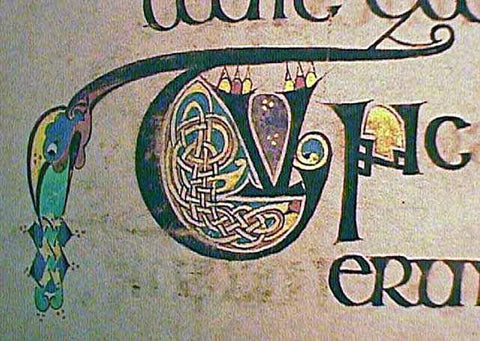
(Celtic knot decorations in the Book of Kells)
Types of Celtic Knots
1.The Celtic Tree of Life
The intricately interwoven branches and roots of the Celtic Tree of Life form a strong and earthy Celtic symbol that’s often associated with the Druids. Known in Irish as ‘Crann Bethadh’, this Celtic symbol represents the belief of the close association between heaven and earth. The Celts believed that the trees were the spirits of their ancestors, providing a link between their earthly life and the next. Celtic Tree of Life symbols symbolize strength, longevity, and wisdom, all attributes that were highly regarded by the Celts. They also believed that the tree symbolized rebirth (they would have witnessed it shed its leaves in fall and grow new ones in spring).
2. The Celtic Cross
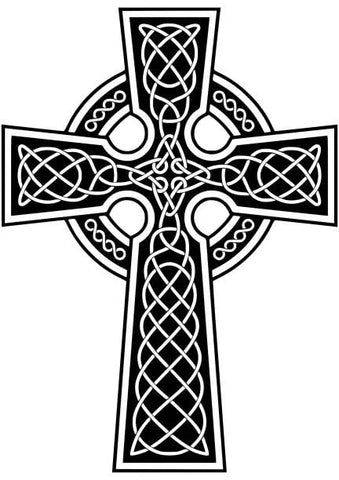
Among the many Celtic symbols, the Celtic Cross has been present in Ireland since the early Middle Ages. Originally, these crosses would have been made from wood or metal and they were likely much smaller than the surviving stone carved pillars that can be found across Ireland. In the Middle Ages, many Celtic Cross symbols were carved into rock, but over time they were developed and built as independent standing stones or monoliths. A lot of theories about the meaning of the Celtic Cross are untrackable. According to one interpretation, the four arms represent the four cardinal directions (north, south, east, and west). There are many interpretations. of the 4 quadrant of the Celtic Cross symbol. Some researchers say it could represent 4 elements: earth, fire, water and air; while some other historians say it could mean the four season of the year or 4 stages of the day: morning, noon, evening and midnight.
3. The Triquetra/ Trinity Knot

The trinity knot, also called triquetra, trefoil knot, or triskele is one of the best-known designs among many celtic knots. This symbol is not only throughout insular art, but it is also seen in East Asian Buddhist art. Made of 3 arcs, it is generally believed to represent the Holy Trinity. In Celtic mythology, three can represent life, death, and rebirth, or earth, sky, and sea, as well as past, present, and future.
Now let's see how this Celtic Knot symbol integrates with Faithheart jewelry design:
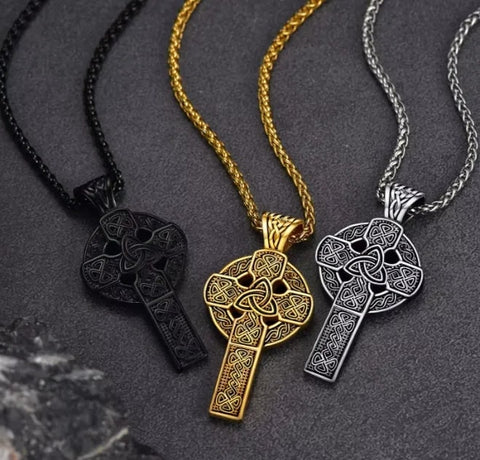
Cross Celtic Knot Necklace Stainless Steel
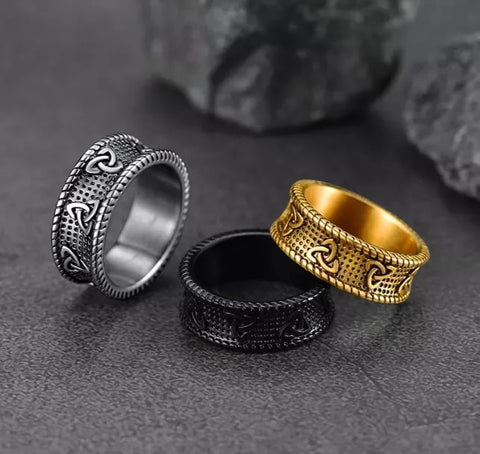
Stainless Steel Viking Celtic Knot Band Ring
